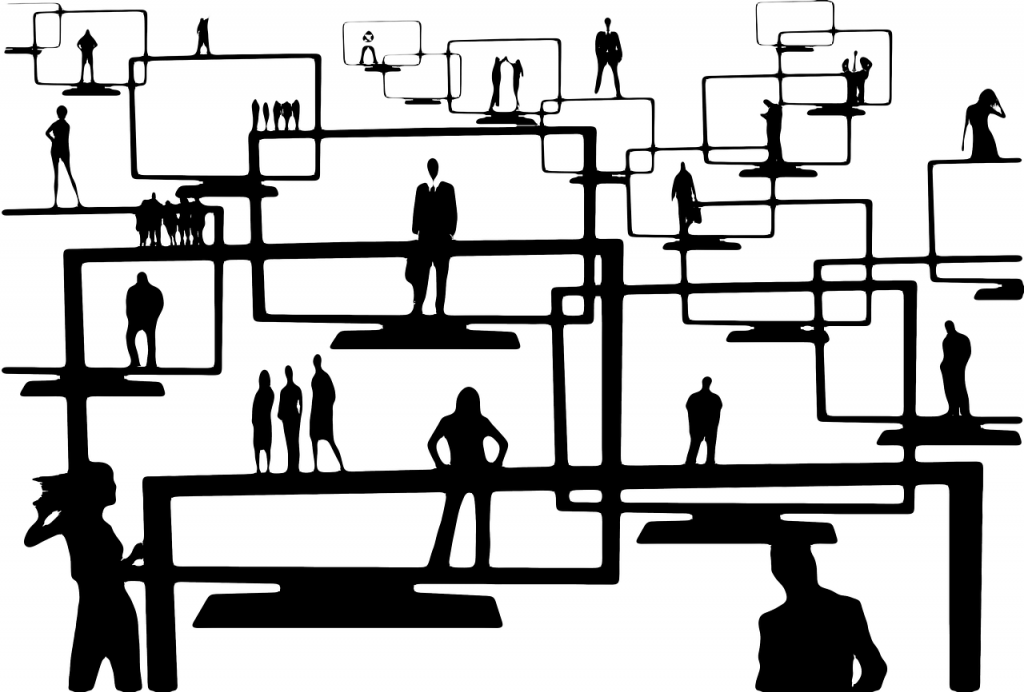Jun
11
Originally posted June 11, 2018
About two years ago I took a look at sundry fears about the growth of digital media. Not a few people rued a decline in personal interaction (see “Interaction” below). Who knew—well, besides epidemiologists, who have warned of potential pandemics for some time—that in 2020 we would be self-quarantining, and that digital interaction would be vital to making that possible? A blessing in disguise, as it were.

I approach this topic with some reluctance. In no way do I wish even to appear to side with doomsayers who in every technological advance see the end of humankind. Not enough can be said about the wealth of important advances that digital technology has brought to modern life, from the convenient to the lifesaving. Besides, I make my living in digital banking.
Prophets of technological doom have been around a lot longer than you might think. A little over 2,400 years ago, none other than Socrates warned that the written word would bring about the demise of human memory. And five hundred years ago, physician and scientist Conrad Gessner foresaw in the nascent printing industry an avalanche of data that would prove “…both ‘confusing and harmful’ to the mind.”[1] In the last century, radio and television were going to render us illiterate. (That, and “TV will ruin your eyes if you sit too close.”) Today not a few blame video games for violent behavior despite no evidence of causality.
Still, some concerns about our emerging digital world are worth attention.
Literacy—Purists, pedants, and the obsessive-compulsive fret that keyboarding obviates the need for penmanship, and that texting makes u forget how 2 spell & punctuate lol But perhaps of greater concern is the diminishing need to get out the door and interact face-to-face.
Interaction—We can shop, attend college, do our banking, see movies, check out library books, research, work, converse, share photos, make friends, and more, all while cloistered within our homes. As a result some erosion of interpersonal skills may be going on.[2] And there’s no question that digital anonymity opens a door to untoward behaviors many would suppress in person.[3] While there’s nothing new about bullying—which is not meant to condone or trivialize it—the cyberbullying phenomenon belongs uniquely to this millennium. Its solution is not as simple as blogging or not logging on. And as has been amply and repeatedly demonstrated, social media have the power to bring undo attention and spark over-the-top outrage. For an example, look no further than the Herriman, Utah, teen whose “crime” was to wear an Asian-style dress and assume an Asian stereotype pose for a photo. Regardless of which side of the argument one endorses, surely we can agree that the attention brought upon the teen was out of proportion.
Feedback loops—According to a recent Pew poll, 62 percent of U.S. adults get their news from social media. That doesn’t bode well for those of us who value an informed public. Social media and search engines create a feedback loop by learning and playing to individual biases.[4] They create an illusion that marginal views are widely shared and supported by fact. They can lead to dehumanization of those with opposing views by use of one-dimensional dismissals such as snowflake, libtard, bigot, right/left winger, or Nazi. Moreover, it’s all but impossible to detect a feedback loop from within.
Evolution of retail space—The effects of digital commerce on retail aren’t hard to miss. Retailers are desperately looking for ways to tear customers away from online shopping for a visit to the store. And they must beware customers who arrive to check out products only to return home, find a better price online, and order.
Review site abuses—Retailers also have a healthy respect for, or, depending, fear of ratings sites such as Yelp. Ratings sites are useful for consumers looking for reliable feedback, but they are not necessarily bastions of fairness. Consumers with a grudge, whether reasonable, unreasonable, or fabricated, abuse them with abandon. The human tendency to complain when unhappy and clam up when pleased doesn’t help the situation.
On a more positive note
I haven’t scratched the surface of the perils digital media may enable. But equally long or perhaps longer would be a list of its positive effects. To end on a positive note, let’s remember the many ways in which digital technology is a boon to medicine, education, connectedness, efficiencies, commerce, communication, participation, savings, and more.
In the end, technology is neutral; it is our use of it that turns out either beneficial or harmful. How technology serves or harms is up to us.